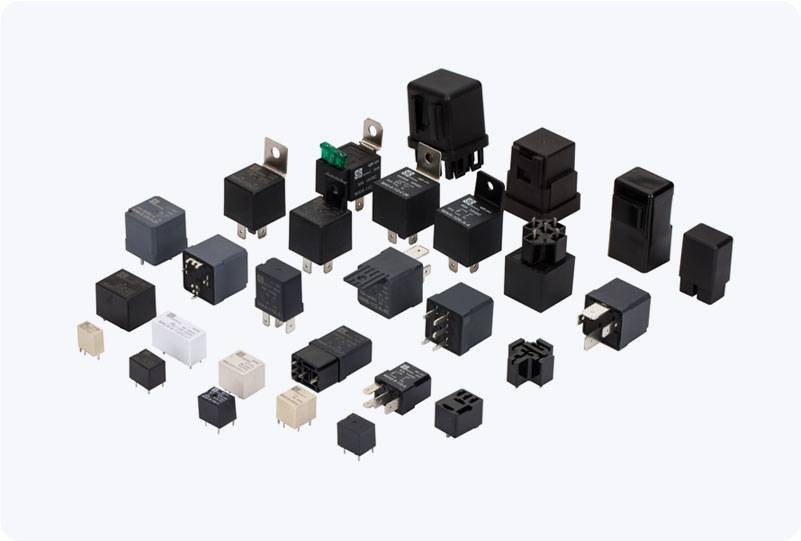understanding the hydrogen gas arc extinguishing relay: a vital component in high-voltage protection systems
Release time:2025-08-10 07:02:16
The Hydrogen Gas Arc Extinguishing Relay is a crucial component in the realm of electrical engineering, particularly in the protection of high-voltage electrical systems. Its primary function is to efficiently extinguish electrical arcs that occur when electrical circuits are interrupted, preventing damage to expensive equipment and ensuring operational safety. This relay uses hydrogen gas as the main medium to absorb heat generated by the arc, offering unique advantages over traditional arc-extinguishing methods. In this article, we will explore how the Hydrogen Gas Arc Extinguishing Relay works, its applications, and why it is indispensable in modern electrical systems.

The Functionality of Hydrogen Gas Arc Extinguishing Relay
Electrical arcs occur when there is a sudden interruption in a current flow, often when switches or circuit breakers are operated. These arcs generate extreme temperatures, which, if left unchecked, can cause severe damage to electrical components, including insulation failure, equipment degradation, and even fires. The Hydrogen Gas Arc Extinguishing Relay is designed to address this issue by rapidly extinguishing the arc in a controlled manner.
The key component in the relay is hydrogen gas. When an arc is detected, the relay activates a mechanism that releases hydrogen gas into the vicinity of the arc. Hydrogen gas has a high thermal conductivity, which allows it to efficiently absorb the heat generated by the arc. This rapid absorption of heat reduces the temperature around the arc and cools it down quickly, extinguishing the arc in a fraction of a second.

